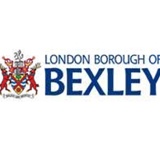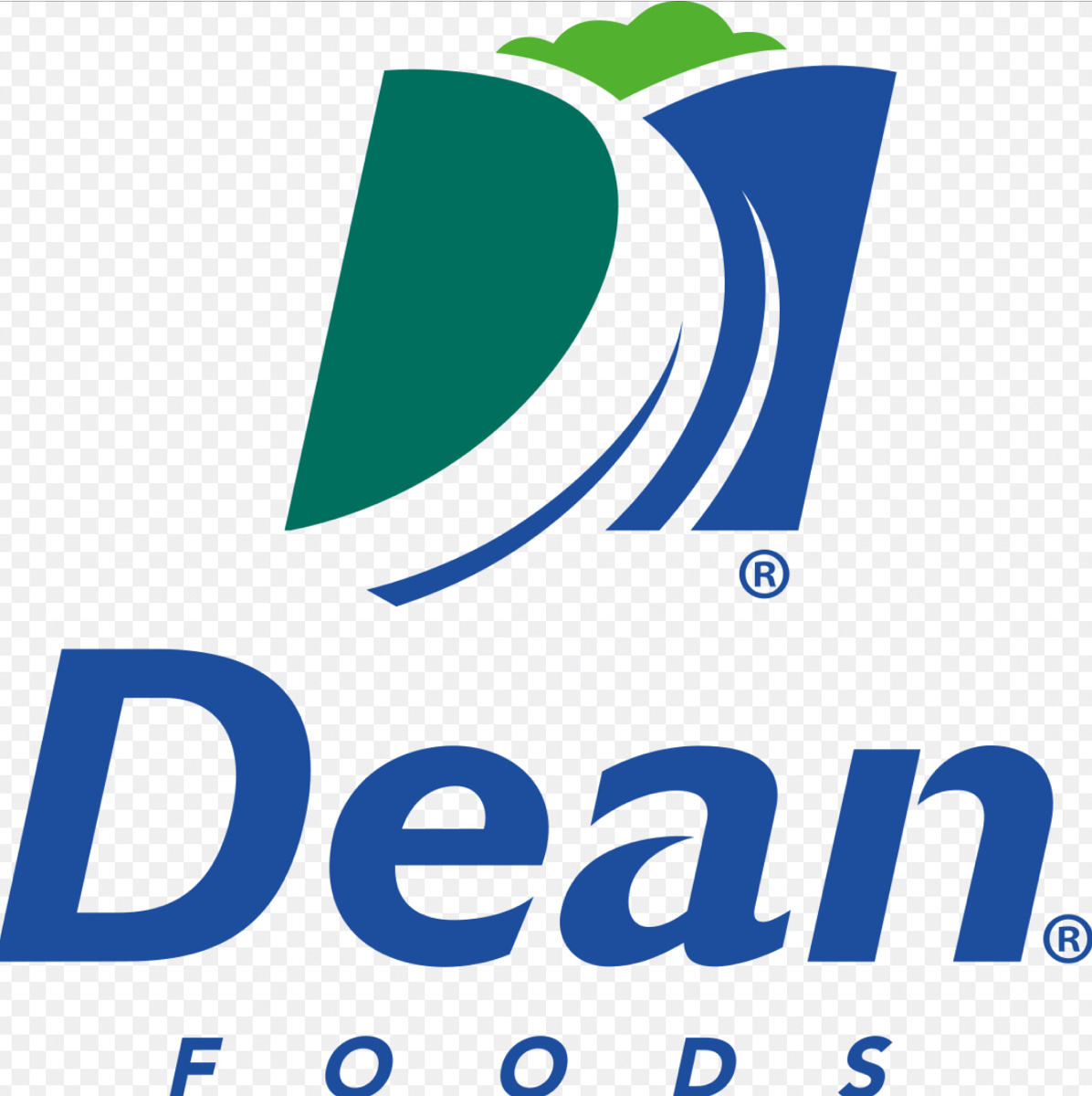Information
-
Document No.
-
Audit Title
-
Client / Site
-
Conducted on
-
Prepared by
-
Location
-
Personnel
-
Summary of significant activities and buildings inspected.
1. Insurance
-
Employers liability insurance (provide policy number, date and insurer).
-
Public liability insurance (insert policy number, date and expiry).
2. Induction process
-
Is there an induction programme?
-
Insert details of last person inducted and areas covered (if applicable).
3. H&S policy
-
Policy in place?
-
Date of last policy review?
-
Arrangements in place to address risk assessment, training, emergency procedures and consultation?
-
Are monitoring arrangements in place to ensure the effectiveness of the safety management system?
-
Who is the Director responsible for health and safety?
-
State the person with day-to-day responsibility for health and safety
-
Is there a training plan relating to health and safety in place across the organisation?
4. Risk Assessment
-
Are risk assessments on place for significant activities / tasks?
-
Is there a need for a young persons risk assessment?
-
Fire risk assessments in place, suitable and sufficient (less than 12 months old)?
5. Fire Safety
-
Are fire instructions clearly displayed?
-
Are fire extinguishers provided, suitably positioned and serviced within the last year?
-
Are there maintenance procedures in place for fire alarms, detection systems and emergency lighting?
-
Has a fire drill been conducted and the results recorded within the last 6 months?
-
Are employees provided with basic fire safety awareness training?
-
Have fire wardens and deputies been appointed for each area or department?
6. Asbestos Management
-
Was the building erected before 2000?
-
If answering yes to the previous question has an asbestos survey been carried out?
-
Did the survey identify any asbestos containing materials (acm's)?
-
Has an asbestos register and management plan been put in place?
-
Are arrangements in place to communicate the presence of asbestos to contractors?
-
Have personnel on-site received appropriate training?
7. Environment
-
There is adequate ventilation.
-
Area is free from odors.
-
Temperature is comfortable.
-
Lighting is adequate.
-
Is there adequate space for all personnel and equipment in the area?
-
Flooring is of the correct type and adequately maintained?
8. Emergency procedures
-
Written evacuation procedures and exits displayed.
-
Are spill kits available?
-
Escape routes and emergency doors are clear.
-
Procedures are in place for isolated workers.
-
Emergency and hazard signage is clearly visible.
9. First Aid Facilities
-
Has a first aid assessment been conducted and the results recorded?
-
There are appropriate first aid and emergency facilities in the near vicinity and workers' are aware of them.
-
Kits are clearly signed, stocked and contents are in-date.
-
Names and contacts of first aiders, displayed and up to date.
10. General Facilities
-
Washing facilities are clean and functional.
-
Are the stairs, passageways and store rooms well lit?
-
Warning and Safety signage in good condition.
-
Walls, windows, doors and furniture is in good condition.
11. Manual Handling
-
Where applicable manual handling Standard Operating Procedures (SOP) are available.
-
Trolleys or mechanical hoists are available and are being considered for heavy items or loads.
-
Personnel responsible for receiving deliveries are trained in manual handling.
-
Step ladders or safe steps available to access light items stored on high shelves.
-
All manual task-related incidents have been adequately risk assessed and control measures implemented and reviewed.
12. Storage
-
Materials stored in racks and bins wherever possible are not above shoulder height.
-
Storage designed to minimize lifting problems I.e. heavy objects not stored on upper racks.
-
Racking securely fixed to floor or wall.
13. Slips and trips
-
Warning signs are available and erected near spills.
-
There are special provisions for slip resistance in wet areas.
-
Guard rails and slip resistance are provided on ramps and stairs.
-
Walkways are free of hazards, such as electrical leads.
14. Electrical safety
-
All portable equipment has current test tags.
-
Residual current devices (RCD) are installed at switchboards or into fixed sockets. (It should be clearly marked on socket).
-
Has a fixed installation test of the building and external facilities been conducted within the required timescales?
-
Portable RCD device is available and has been tested.flexible cord, plugs and extension leads are in good condition and have either moulded or transparent type plugs.
-
Power points are suitable for the location and are positioned safely.
-
Power boards used. (not double adapters).
-
Faulty equipment is tagged out or removed from use?
15. Chemical Aspects
-
MSDS (not older than 5 years) are available for workers reference and included in the hazardous substances register.
-
There is an up to date easy to find and read list/register summary of all chemicals used.
-
Actions have been taken to control risks. For example, an investigation has been done to find out whether an alternative safer chemical is available.
-
A coshh assessment has been completed for all chemicals and harmful substances stored and used at the workplace.
-
Origional containers have the manufacturer's label.
-
Chemicals stored according to compatibility and bunded I.e in flammable or corrosive cabinets.
-
Are there any flammable gases on site, if so what are the storage facilities available?
-
Are minimal amounts of corrosives stored, and/or used?
16. Personal Protective Equipment
-
Instruction and information of PPE are available.
-
PPE store available well maintained and in good condition.
-
Signage of PPE requirements displayed on equipment.
-
Required PPE available.
-
Appropriate signs displayed to standard requirements visible, correctly located and in good condition. (inside and outside).
17. Noise & Vibration
-
Has A risk assessment been conducted on activities where noise or vibration may effect workers?
-
Control measures have been put in place to reduce the risk of injury as a result of noise and vibration (details measures adopted)?
-
Workers have received information and training in relation to noise at the workplace.
18. Legionella
-
Is there a hot water storage system on site
-
Is there a cold water storage system?
-
What is the temperature of the sentinel taps?
-
Have there been any significant changes to the pipe work system?
-
Is there a shower on site, if so is there a procedure for flushing it through periodically?
-
Is a written scheme examination required to manage the risk of legionella?
19. Display Screen Equipment
-
Have users of DSE been identified?
-
Have DSE self assessments been conducted?
-
Is there a policy on the provision of eye sight tests and spectacles where necessary?
-
Have users received instruction on the correct setting up of their workstation and the reporting of defects and health problems?
20. Company Vehicles
-
Does the organisation have any company vehicles (cars, vans etc)?
-
Are both parts of the employees driving license sighted and copies obtained for company records?
-
Are vehicle checks carried out by employees and records maintained?
-
Are vehicles maintained in accordance with the manufacturers recommendations?
-
Has a risk assessment for driving company vehicles been conducted?
-
Is there a policy in place relating to the use of company vehicles, travel distances etc?
-
Does the organisation permit the use of personal vehicles for business use?
-
Where personal vehicles are used does the company request and hold copies of insurances and MOT Certificates?
21. Gas Safety
-
Have gas boilers been serviced within the last 12 months?
-
Are there any LPG systems on site,? If so detail quantities, storage and method of delivery to point of use?
-
Are there any underground LPG pipe work systems on the site?
-
Is there an emergency plan to deal with leaks / fires?
22. Significant findings
23. Recommendations
24. Confirmation of issue and receipt of report.
-
Select date
-
Clients representative
-
Consultants Name












